
PM Modi in Sri Lanka to Cement Defence, Energy Ties Amid Regional Power Dynamics

Indian Prime Minister Narendra Modi received a grand ceremonial welcome in Colombo on Saturday as he embarked on a strategic visit aimed at strengthening defence, energy, and health cooperation with Sri Lanka. His trip underscores India’s intent to reinforce ties with its southern neighbor amid growing Chinese influence in the region.
Sri Lankan President Anura Kumara Dissanayake, who assumed office following last year’s elections, greeted Prime Minister Modi with a 19-gun salute and an honor guard parade at Colombo’s historic Independence Square. Modi’s arrival marks the first official visit by a foreign leader under Dissanayake’s administration.
The two leaders are expected to formalize several agreements focusing on energy security, defence collaboration, and healthcare partnerships. The centerpiece of the visit, however, is the inauguration of a long-pending, India-supported 120-megawatt solar power plant in Trincomalee district—a joint project revived with renewed momentum from New Delhi.
“I am grateful for the spectacular welcome extended to me in Sri Lanka,” PM Modi said after landing in Colombo late Friday. His visit follows a high-level regional diplomacy tour, including participation in the BIMSTEC Summit in Bangkok.
Strategic Balancing Between India and China
Modi’s visit comes as Sri Lanka continues to navigate its complex geopolitical position between India and China. While India views Sri Lanka as a critical partner within its sphere of influence, China has emerged as Colombo’s largest bilateral creditor, holding more than half of its $14 billion debt at the time of Sri Lanka’s 2022 sovereign default.
Beijing was the first to agree to restructure Sri Lanka’s debt, enabling the country to begin its recovery from a severe economic crisis. Additionally, China recently signed a landmark agreement to invest $3.7 billion in an oil refinery in southern Sri Lanka—set to become the island nation’s largest foreign investment.
President Dissanayake’s diplomatic outreach reflects this balancing act. His first foreign visit was to New Delhi in December, followed by a January trip to Beijing.
India, concerned about China’s expanding footprint in the region, is leveraging strategic projects like the Trincomalee solar plant and defence cooperation to maintain its influence and support Sri Lanka’s development needs.
Regional Engagements and Diplomatic Calculations
Prime Minister Modi’s stop in Colombo is part of a broader regional outreach effort. On the sidelines of the BIMSTEC summit in Thailand, he held talks with several key South Asian leaders.
In a rare diplomatic engagement, Modi met Myanmar’s junta leader Min Aung Hlaing—highlighting India’s continued engagement with all regional players despite international criticism of Myanmar’s military regime.
Modi also met with Bangladesh’s interim leader Muhammad Yunus for the first time since the ouster of long-time ally Sheikh Hasina, whose government had enjoyed strong backing from India. Yunus’s recent pivot toward China has added strain to India-Bangladesh relations.
In addition, the Indian Prime Minister held bilateral meetings with Nepal’s PM KP Sharma Oli and Bhutanese Prime Minister Tshering Tobgay, reflecting New Delhi’s commitment to regional solidarity.
As PM Modi’s visit unfolds, attention will remain on the nature of the agreements signed and the long-term implications for South Asia’s evolving geopolitical landscape.
- High-Level Commission Calls for Sweeping Legal and Institutional Reforms to Revive Nepal’s Economy
- High-Level Commission Recommends Investment-Friendly Reforms and Lowering Production Costs
- Fugitive Durga Prasai Arrested in Jhapa, Being Transferred to Kathmandu
- President Paudel Extends Greetings on Mahavir Jayanti
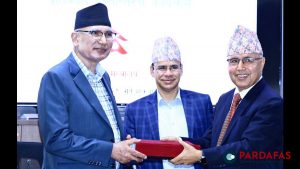
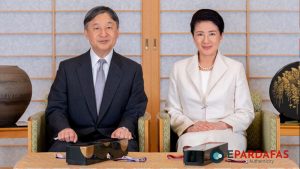
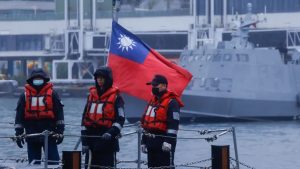
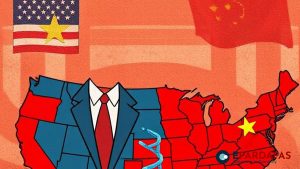
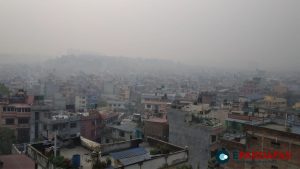
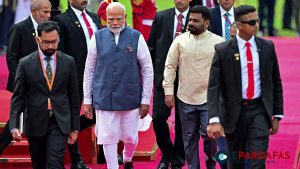

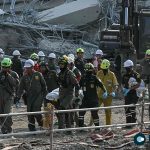
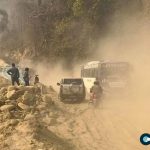

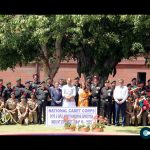
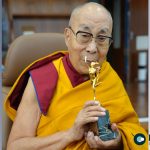
Comments